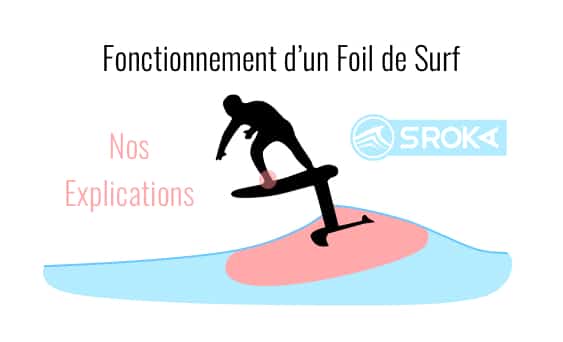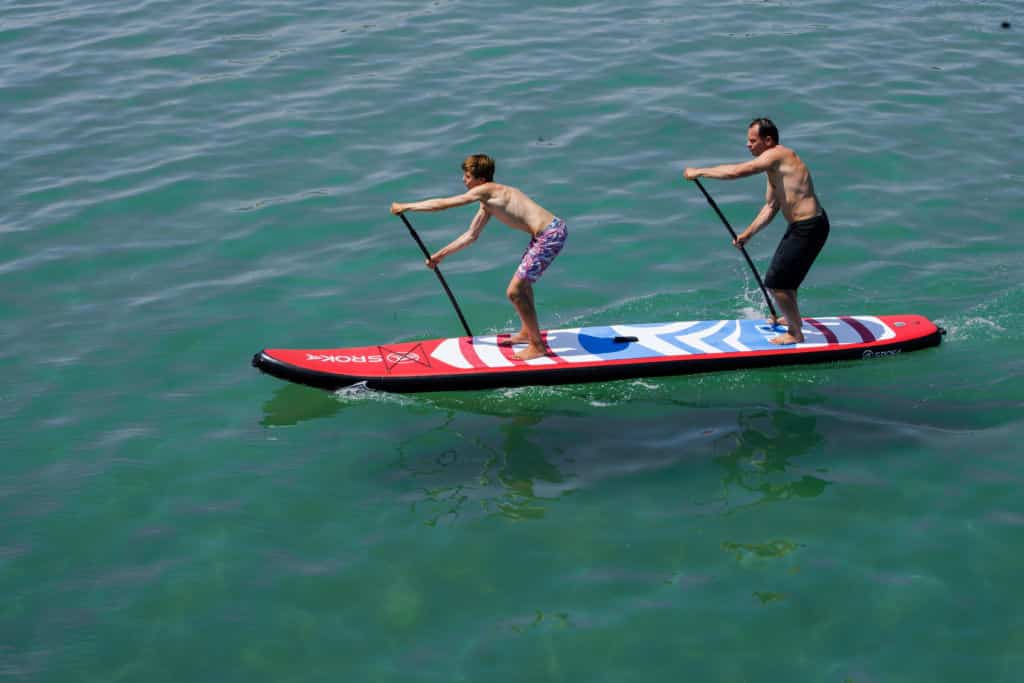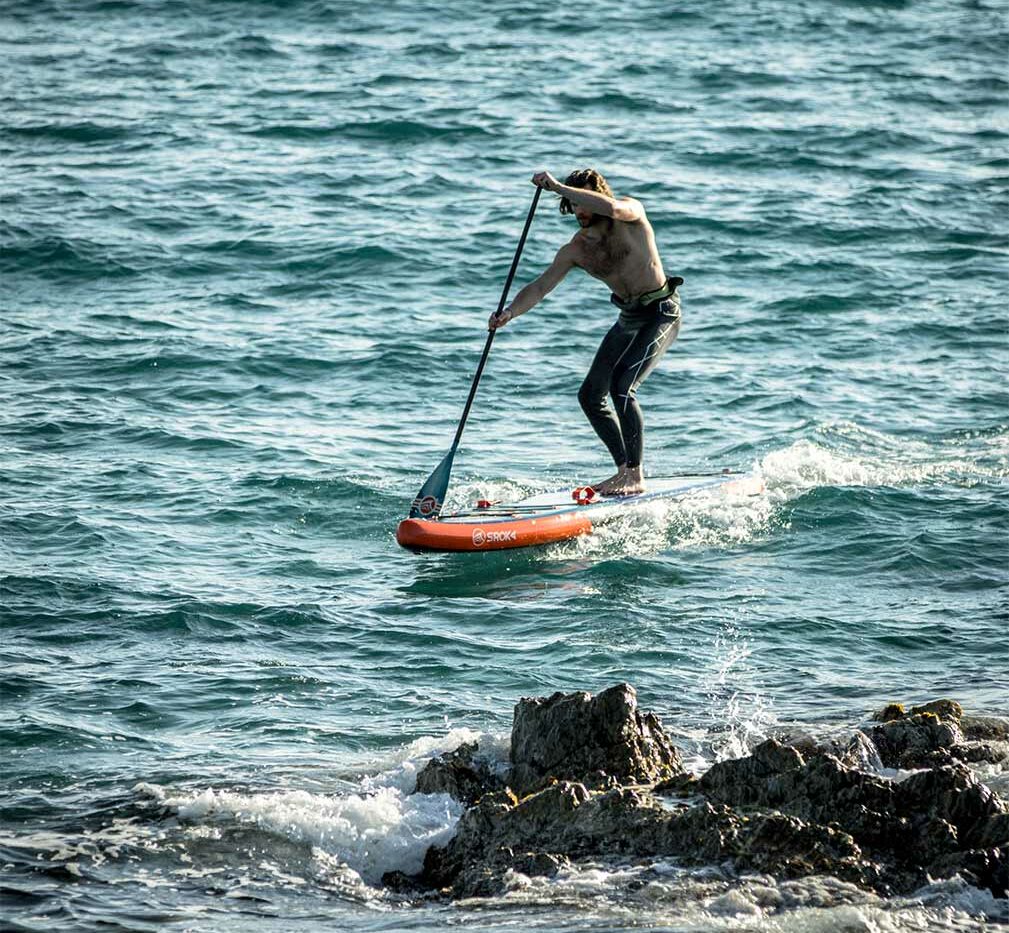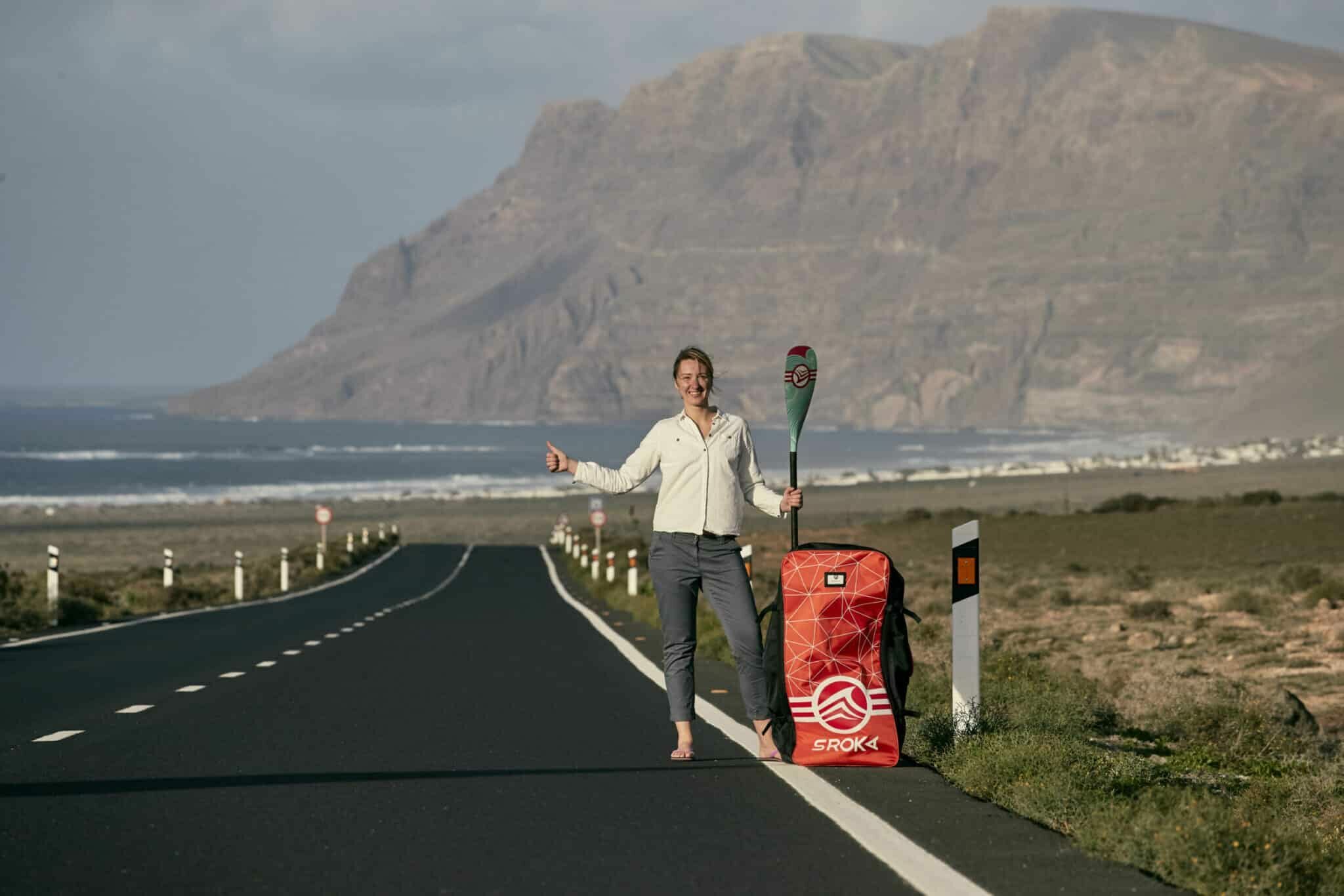 LE MAGAZINE
LE MAGAZINEWhat are the benefits of foil?

What are the benefits of foil?
The foil discipline has grown by leaps and bounds in recent years, particularly with the emergence of wing foil, which allows you to glide over the water using a wing and a foil.
The foil consists of a mast, a fuselage and two winglets: a front carrying winglet and a rear stabilizing winglet.
There are different types of foils, depending on the materials used, such as aluminum or carbon.
In this article, we’ll take a look at the advantages of foil carbon foils, while debunking certain preconceived ideas, notably those that claim that carbon foils are systematically more powerful and lighter than their aluminum counterparts.
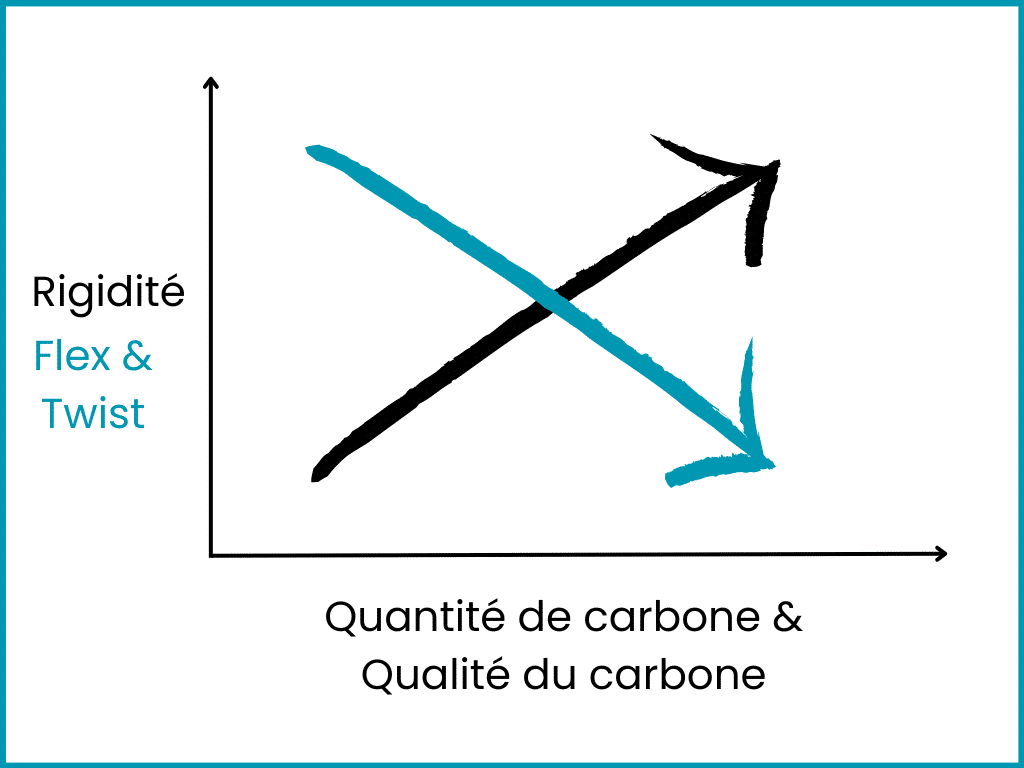
Is foil carbon really more efficient than foil aluminum?
1. Stiffness and performance, yes but no.
Firstly, a carbon mast is not necessarily stiffer than an aluminum mast. If, on a mast measuring 16mm thick, there is only 2mm of carbon, then it won’t be stiffer than an aluminum mast, and above all it won’t be as strong.
The advantage of a carbon mast is that it reduces drag as much as possible, while remaining rigid in bending and torsion .
To achieve this, we need to increase the quantity of carbon, raise the quality of carbon fibers and have a coherent, relevant draping plan.
This is not the case with all carbon masts. One of the big advantages of having a foil carbon mast is to reduce drag as much as possible with as much stiffness as possible/ This brings stability, better acceleration and better handling. Performance is far superior.
If the foil carbon is well-built, it brings a feeling of nervousness, responsiveness, control and glide.
For example, let’s compare foil in carbon and foil in aluminum. With the same thickness and rope (11 mm rope, 14 mm thickness). The aluminum mast is softer and twists when sailing, creating latency, loss of responsiveness, glide and/or control. This is why aluminum masts are made thicker.
The Foil carbon fiber, on the other hand, will provide increased responsiveness and responsiveness if, and only if, the quality of the carbon fibers and the quantity of carbon are increased.
If the carbon is deformed under stress, it will return to its initial position more quickly. The foil carbon will then provide precise support and finer control when sailing.
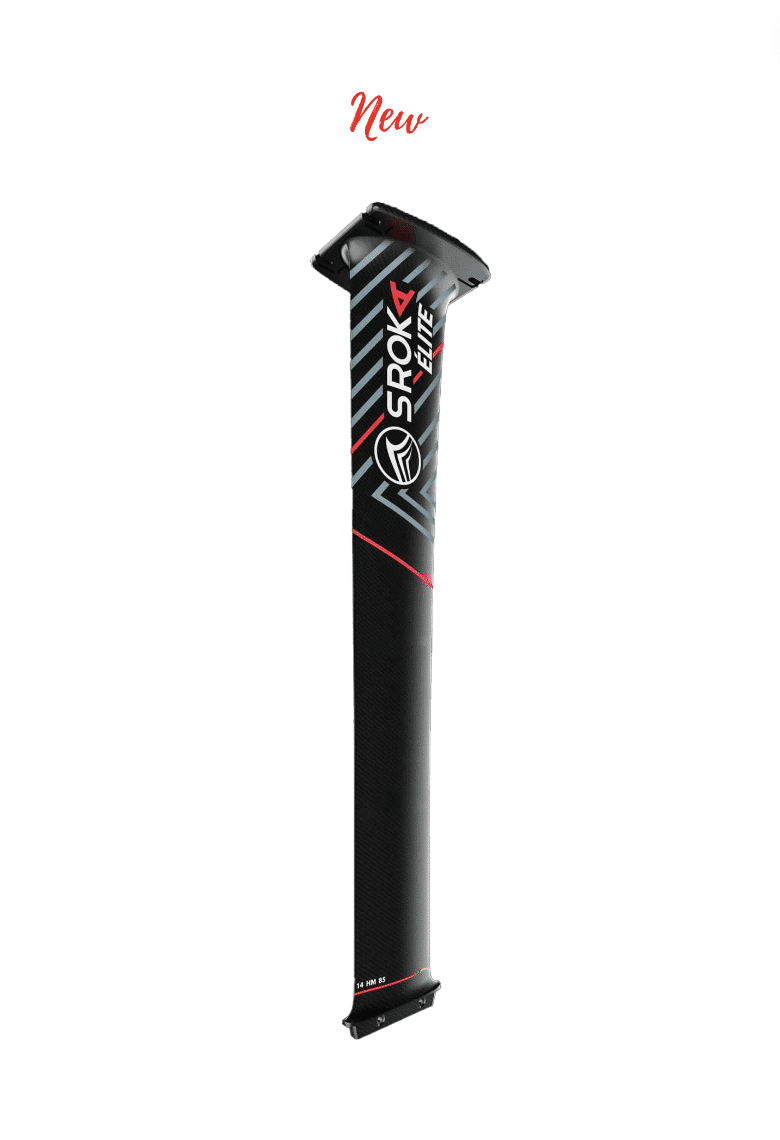
Lightness, yes but no.
The density of a carbon part is 1.80 g/ml, while that of aluminum is 2.7 g/ml. So, on paper, carbon seems much lighter. However, if you want an ultra-rigid foil carbon, you have to increase the amount of carbon.
If we produce a full carbon mast, then it won’t be much lighter than a hollow aluminum mast. On the other hand, the carbon mast will be much thinner (14mm vs. 18’5 mm for aluminum) with less rope. This saves around 200-300 g for the same size.
However, if you thicken the carbon mast and put foam inside, you can save between 500 and 900 g per mast. In this case, the carbon mast is lighter.
Durability and versatility
Durability is just one of the many advantages of foil carbon. Damaging your wing with a pebble or getting scratches from rubbing can happen.
The advantage of a carbon foil is that it can be easily repaired by sanding and adding carbon. However, unlike aluminum, carbon is not recyclable. So you need to choose your foil carbon carefully to get the maximum stiffness and finesse, and to ensure that it lasts as long as possible and can accompany you in your practice and your progress.
Another advantage of carbon isits resistance to corrosion and wear, unlike aluminum, which can become pitted or cracked over time. Carbon is therefore a non-recyclable but durable material that, if you’re careful, guarantees you many years of optimal use.
A few tips.
- To maximize the durability of your foil, avoid all rubbing with sand or pebbles, and avoid placing your board on the rail with the foil resting on the ground on one side. You risk damaging the fins and losing efficiency.
- Protect your mast with a mast cover to avoid shocks.
- We advise you not to leave a Foil carbon in direct sunlight. Epoxy resins polymerize at 65-70 degrees Celsius (as a rule, sometimes even earlier). A foil in direct sunlight with high temperatures can exceed 80 degrees. As a result, the resins soften, and if you use your foil immediately, you run the risk of weakening the assembly. We therefore recommend that you allow the foil to cool down before taking to the water again.
- The same applies if your foil has been left in the heat of your car for a long time.
- Remember that no matter how well-built your foil is, a foil is an underwater aircraft. Any contact with an obstacle will damage it.
- Rinse it from time to time, and if you use it very frequently, check it regularly from all angles.
In conclusion
- In conclusion, using a foil carbon offers many advantages over aluminum. Carbon offers incomparable rigidity (if high-modulus fibers are used), lightness, durability and versatility, allowing you to take full advantage of the gliding sensation offered by foil. invest in a foil carboninvest in a top-quality carbon mast. It may cost you a little more, but it will save you having to buy another one 1 or 2 years later. We recommend you take a look at our Sroka Elite Carbon range, which offers a foil in 100% high-modulus M40J, with a thin mast (14mm thick with 10.9 cm of rope) and high performance. If absolute performance doesn’t appeal to you, take a look at the foil SOLO in 16mm-thick carbon. It’s light, stiff and affordable.Last but not least, we’re extending our range of Alu foils, which offer high performance with the simplicity of an aluminum foil.
Don’t hesitate to contact us for more information on Carbon Foils.
 Le Magazine
Le Magazine



